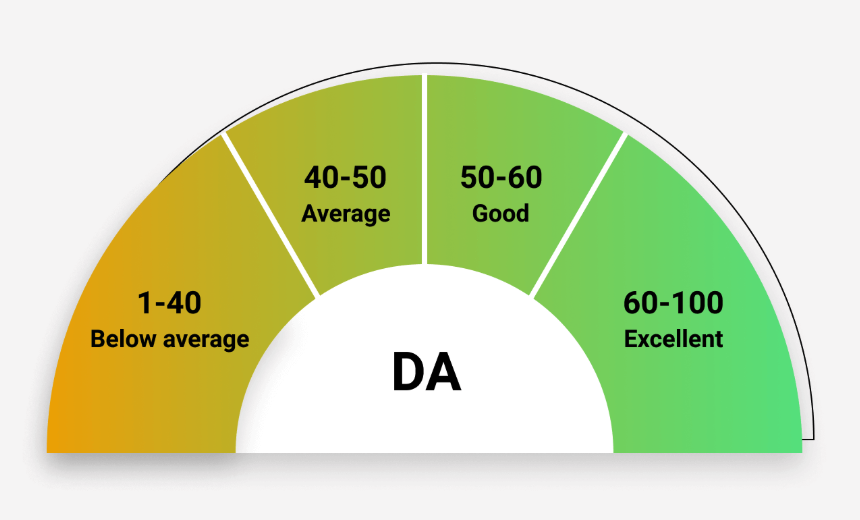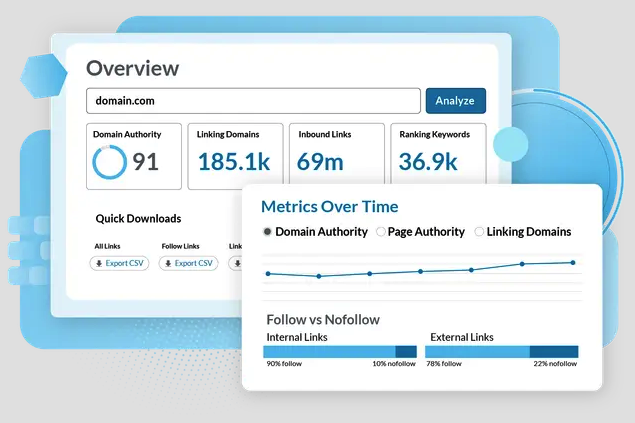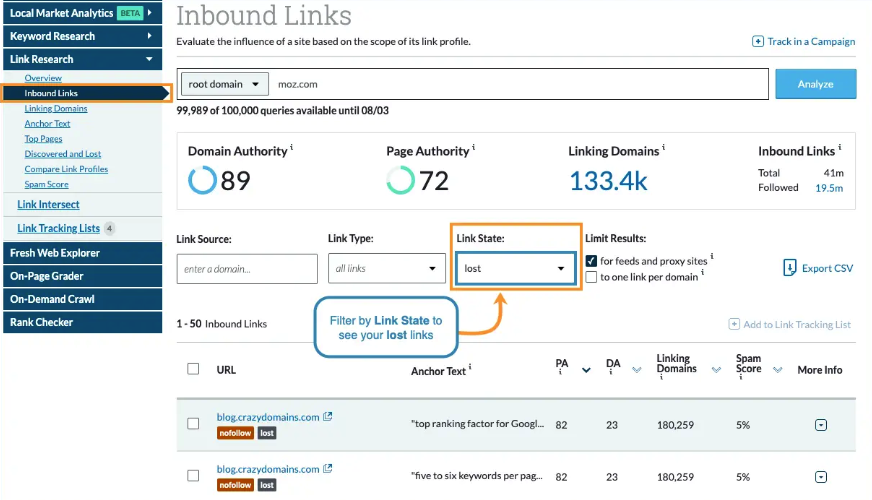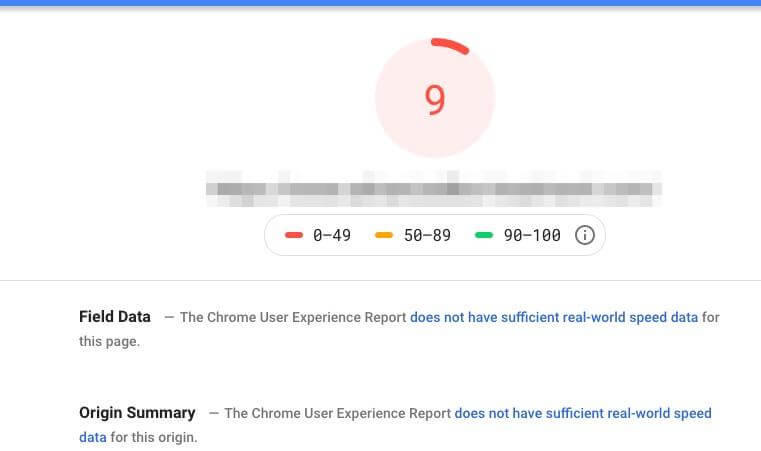Have you ever looked at your Domain Authority score and wondered why your Domain Authority went down? You are not alone. Many website owners check their Moz Domain Authority and panic when they see a drop. The good news is that most of the time it is not something to be scared of. The even better news is that when you understand why lost backlinks or a Moz update can cause a lower Domain Authority score, you can take smart steps to improve Domain Authority. This guide will explain everything in very simple terms, so even if you have never done SEO before you will understand what is going on.
What you will learn in this guide
- What Domain Authority means in plain English
- How Moz calculates DA behind the scenes
- The most common reasons your score goes down (with full explanations)
- Does Domain Authority matter for Google rankings
- Step by step solutions to improve your DA
- Real world examples that make it simple
- Frequently asked questions about DA
What Domain Authority means
Domain Authority, often shortened to DA, is a score between 1 and 100 that was created by a company called Moz. It is meant to predict how strong your website looks compared to others. The higher the score, the stronger your site is likely to appear.
Think of it like a credit score for websites. If you have a high credit score, banks trust you. If you have a high Domain Authority, SEO tools believe your site is more likely to rank well. If you have a new site with no links, your DA will be very low, sometimes even 1. If you are a giant site like Wikipedia, your DA will be close to 100.
Here is something very important to remember. Google does not use Domain Authority in its algorithm. It is not an official Google score. It was invented by Moz as a way to measure website strength. Still, it can be a useful guide because it looks at things that Google does care about, such as backlinks.

How Moz calculates DA behind the scenes
Moz calculates DA by analyzing backlinks. Backlinks are links from other websites that point to your site. For example, if a food blogger writes about your restaurant and includes a link to your menu page, that is a backlink.
The formula Moz uses is very complex, but the main factors are:
– The number of backlinks you have.
– The quality of those backlinks (a link from The New York Times is stronger than a link from a random small blog).
– The variety of websites linking to you (10 links from 10 different sites is better than 10 links from one site).
– How strong the sites that link to you are.
One thing many beginners do not realize is that DA is a relative score. That means your DA is compared to the rest of the internet. If the entire web is getting stronger because sites are building links, your score may look weaker unless you also grow.

The most common reasons your score goes down
Let us go step by step through each reason.
1) Moz updated their system
Moz does not freeze Domain Authority in time. They are always updating it to make it more accurate. They update their link index (the giant database of all the links they know about) and sometimes they adjust the formula they use to calculate DA.
When this happens, your score might change even if you did nothing at all. It is just like when a bank changes how they calculate credit scores. You might wake up and see a slightly different number even though you have not changed your spending habits.
This is one of the most common reasons for a sudden drop in DA. The important thing to know is that if this happens, you will usually see your competitors’ DA change too. If you notice that everyone in your industry saw a drop, it almost certainly came from a Moz update.
👉 You can read more about how Moz explains Domain Authority and their updates here: Moz Domain Authority overview.
2) You lost backlinks
Backlinks are like votes of confidence for your site. When you lose them, your DA goes down.
Why might you lose backlinks?
– The website that linked to you deleted their page.
– The website removed your link.
– The page is still live but it no longer links to you.
– The site itself lost authority, which makes their link less valuable.
Imagine that five people in your town recommend your bakery. Then two of those people move away and cannot recommend you anymore. You are still the same bakery, but you now have fewer recommendations. That is exactly how backlinks work.
👉 How to check lost backlinks: SEO tools like Moz, Ahrefs, or SEMrush let you see which backlinks you gained and which you lost. Moz has a “Lost Backlinks” section where you can see what changed.
👉 What to do about it: If the page still exists but the link was removed, reach out politely and ask the site owner if they can restore it. If the page is gone, focus on creating new backlinks to replace it. Do not panic about a few lost links. It is normal. Focus on steady growth.

3) Low quality or spammy backlinks
Not all backlinks are good. Some are actually harmful.
Low quality backlinks come from sites that have no connection to your topic, from spam directories, or from networks that sell links. These can make your backlink profile look unhealthy. Moz may lower your DA if too many of your links come from bad places.
Think of backlinks like references on a job application. If you say your references are two strangers no one trusts, that does not help you. In fact, it may hurt you.
👉 How to find them: Use backlink tools to look for sites that have low authority, irrelevant topics, or strange anchor text (like keywords stuffed in the link).
👉 What to do about them: Try to remove them if you can. If they are really bad and you have a lot of them, you can use Google Search Console’s disavow tool, but only if you are sure the links are spammy. Google itself recommends disavowing links only in serious cases.
4) Competitors improved faster
Domain Authority is relative. This means your score can look weaker even if you stayed the same, simply because your competitors are improving faster.
For example, imagine two coffee shops in the same neighborhood. Both have 50 positive reviews. Then one coffee shop gets 50 more reviews in one month. Suddenly they look much stronger, even though the other shop did not get worse.
The same is true for DA. If your competitor is building high quality backlinks and publishing great content while you are standing still, their DA goes up and yours looks weaker in comparison.
👉 The solution: Always keep an eye on what your competitors are doing. Use tools to track their backlinks. If you see them getting featured in blogs, podcasts, or directories, think about how you can do the same or better.
5) Your site is small or new
When a site is new, its DA can jump up or down very easily. This is because the number of links is small, so even one lost or gained link makes a big difference.
If you only have 10 backlinks and you lose 2 of them, that is 20% of your profile gone. But if you have 1,000 backlinks and you lose 2, it hardly matters.
👉 The solution: Do not panic if your site is new and your DA moves around. Focus on slowly building strong content and strong links. Over time your score will stabilize.
6) Poor site structure or performance
While Moz does not directly measure your site speed or user experience in DA, these things affect whether people want to link to you.
If your site is slow, confusing, or hard to use on mobile, visitors may leave quickly. That makes them less likely to share or link to your content. Fewer links means a lower DA in the long run.
👉 The solution: Use tools like Google PageSpeed Insights to test your site speed. Make sure your site is mobile friendly and easy to navigate. Internal links are also important. Make sure your pages connect to each other in a clear way.

Does DA matter for Google rankings
Google has said many times that they do not use Domain Authority as a ranking factor. So should you even care?
The answer is yes, but with context. DA itself does not matter, but the things that make DA higher also happen to be things that really do help your Google rankings. Those things include:
– Earning quality backlinks.
– Publishing strong content.
– Building a site people trust.
So think of DA as a thermometer. The thermometer does not make you sick or healthy, but it gives you a signal of what is happening.
Step by step solutions to improve your DA
Create content people want to share
The best way to attract backlinks is to create content that people naturally want to link to. This can be guides, research, tutorials, or resources.
Example: Our article on Philippine business directories is the type of resource that gets bookmarked and linked by others.
Earn backlinks the right way
Some ways to earn strong backlinks include:
– Writing guest posts on respected blogs.
– Answering journalist questions on HARO (Help A Reporter Out).
– Building partnerships with other local businesses.
– Getting listed in quality directories.
Audit and clean up your backlinks
Run a backlink report once a month. If you see low quality or spammy links, remove them or disavow them only if they are a serious problem.
Improve your website structure
A fast, user friendly site attracts more attention and more links. Use PageSpeed Insights to test your speed. Connect your content together with internal links so that Google understands your site structure. See our Website Design and Development services if you need technical help.
Be patient and consistent
Improving DA takes time. It is not something that changes overnight. Think of it like growing a tree. You plant it today, water it regularly, and over time it grows stronger.
Real world examples that make it simple
Example 1: A local bakery website
A bakery launches a site with a menu and some pictures. At first their DA is 2. They start writing blog posts about recipes and baking tips. A local food blogger links to them. Their DA grows to 10. Then the blogger deletes the post. The bakery’s DA falls back to 6. The lesson: links can come and go.
Example 2: A law firm website
A small law firm starts with a DA of 8. They publish a free legal checklist. A few news sites link to it. Their DA jumps to 25. Later, one of the big news sites removes the page, and their DA drops slightly to 22. Still, they are stronger than before. The lesson: content that solves problems earns strong links.
Example 3: Competing gyms
Two gyms both have DA 20. One gym keeps blogging, getting guest posts, and creating video guides. Their DA rises to 35. The other gym does nothing and stays at 20. Even though their DA did not drop, they look weaker compared to their competitor. The lesson: standing still is the same as falling behind.
Frequently asked questions about DA
Does Google use Domain Authority?
No. DA is a Moz score. Google does not use it. But backlinks, which affect DA, are a real Google ranking factor.
What is a good DA score?
It depends on your industry. A local store might do well with DA 20. A large e-commerce brand might need DA 60 or higher. Focus on beating your competitors, not reaching a magic number.
How often should I check DA?
Checking once a month is enough. Daily checks only cause stress. Small changes are normal.
How long does it take to improve DA?
It usually takes months, not weeks. Think long term. Publish content, build links, and stay consistent.
Rafaela Hsu
I'm Rafaela, a marketer with a career that spans over two decades in the ever-evolving realm of marketing.
Throughout my career, I’ve taken on many different roles, each helping me build a wide range of skills and sharpen my ability to think strategically. I’ve led marketing teams and managed key projects, giving me a deep understanding of the marketing field. I’ve also had the chance to work with Fortune 500 companies, learning valuable lessons and gaining expertise that have shaped my journey.
I started my career before the digital age really took off, making me one of the early adopters in the industry. I’ve successfully adapted to the changes over time and thrived in this fast-moving environment. My skills cover a broad range, from working with web technologies and SEO, to graphic design, content creation, and data analysis.
Delivering strong results in competitive markets has been a key part of my career, reflecting my ongoing commitment to excellence.
I’m excited to share my knowledge with you. Whether you need strategic advice, creative marketing solutions, or a reliable partner to help navigate the complex world of marketing, I’m here to help.
Let’s work together to unlock the full potential of your marketing efforts!
Related Posts
August 24, 2025
How to Show Your Company in ChatGPT: The Ultimate Guide to Getting Found in AI Conversations (2025)
Learn how to get your business mentioned in ChatGPT by optimizing your content,…
August 18, 2025
Philippine Business Directories List (2025 Edition)
Looking to boost your online visibility? Here’s a complete list of free and…
December 10, 2024
How Listening to Social Media Can Turn Customers into Fans
Unlock the power of social media listening to transform casual followers into…


